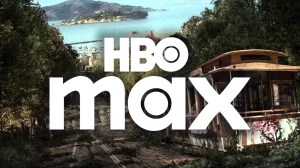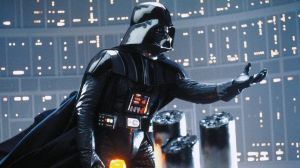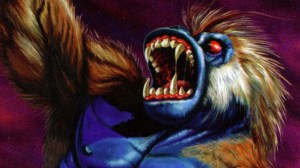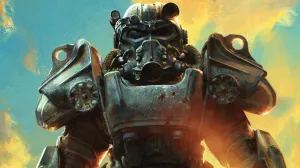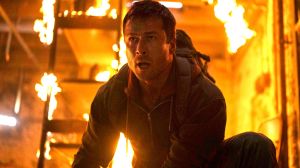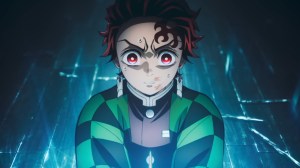With Marvel Studios eyeballing Thunderbolts* helmer Jake Schreier to direct the outfit’s X-Men feature. A new era of mutant cinema is inching closer to becoming a reality. This news arrives a year after Michael Lesslie was hired to pen a script for the project and shortly hot on the heels of a report that Kevin Feige allegedly has a 10-year-long plan for what the X-Men will do in the MCU. Grand ambitions are materializing for these characters that clearly go beyond Deadpool & Wolverine or bringing back classic X-Men characters for Avengers: Doomsday.
Though Marvel’s X-Men reboot will follow up 20 years of X-Men titles from 20th Century Fox, there’s still plenty of opportunities for Schreier and company to improve on the legacy of X-Men cinema. There’s an especially key way this upcoming MCU movie could excitingly improve on its predecessors. These features need to finally let the women mutants take the reins of this franchise after being sidelined for so long.
Videos by ComicBook.com
X-Men Movies Have Been Dominated By Male Leaders
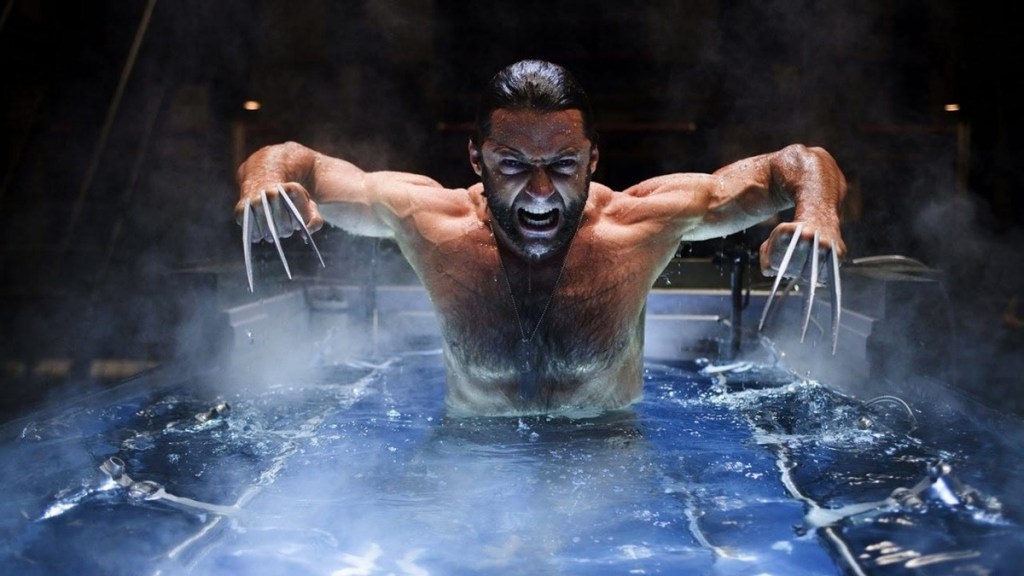
In the early days of the MCU, one go-to response to criticisms of the franchise’s lack of women superheroes was that 20th Century Fox had the film rights to all the compelling women Marvel superheroes. Even though Marvel Studios didn’t have access to Kitty Pryde and Storm (among many others), the Fox era of X-Men movies certainly didn’t do any better with gender representation. Across 13 motion pictures, only one Fox X-Men feature (The New Mutants) had a woman protagonist. The rest firmly focused on male leaders like Charles Xavier, Wolverine, and Deadpool.
Women characters, meanwhile, always got the short end of the stick in this saga. Kitty Pryde’s lead role in the Days of Future Past comic, for instance, was deleted in the film adaptation to give Wolverine more screen time. Dark Phoenix, a motion picture seemingly all about Jean Grey and her descent into evil, saw Grey spending nearly an entire third act unconscious inside a train car. Beloved lady mutants like Jubilee and Dazzler were only briefly seen in 2010s installments of the saga, while Deadpool 2 reveled in fridging the first movie’s most prominent woman character.
Even The New Mutants continued this worrisome trend despite firmly making Danielle “Dani” Moonstar/Mirage (Blu Hunt) the lead character. Unfortunately, the first woman of color to anchor an X-Men film spent much of her screen time experiencing racist insults at the hands of Illyana Rasputin/Magik (Anya Taylor-Joy). Meanwhile, also frustrating was how the original X-Men began its story firmly cementing Anna Paquin’s Rogue as the audience’s point-of-view character. Eventually, though, Rogue just became a damsel-in-distress that the largely male X-Men team had to save. Even when women occupied prominent roles in the Fox X-Men saga, disappointment followed.
[RELATED – Kelsey Grammer Breaks Silence on Beast’s Avengers: Doomsday Return (But Where’s the Script?)]
Watching these movies toss aside compelling characters like Storm is so mind-boggling on many fronts, including how richly developed these figures are in the comics and other X-Men adaptations. Storm, Kitty Pryde, Rogue, Emma Frost … there are so many lady mutants underserved by this franchise despite getting conceptually “lots” of screen time. Then there are the icons like Jubilee, Dazzler, and Blink (among others), who were only fleetingly seen. This dispiriting phenomenon makes it clear where the MCU X-Men movies can improve on their predecessors.
Marvel’s Female X-Men Deserve Their Chance To Shine
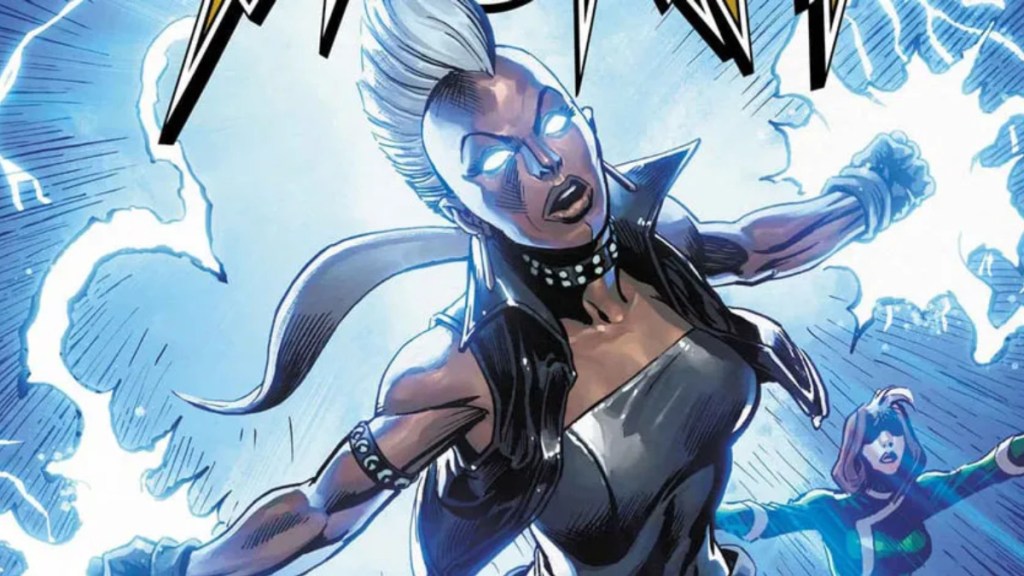
If Jake Schreier and Michael Lesslie have any sense, the very first mandate for this new X-Men movie would be to make sure Ororo Munroe/Storm is the film’s protagonist while ensuring other multiple lady mutants also have major parts to play. Emphasizing women mutants in a non-New Mutants capacity would already give this Marvel Studios project something new to offer compared to the past 13 movies. That newness wouldn’t just manifest through gender representation, but also through promising moviegoers mutants they’ve never gotten to know on the big screen.
Rather than praying moviegoers have a hankering for even more Xavier and Magneto drama, the MCU’s inaugural X-Men solo movie emphasizing Storm, Kitty Pryde, Dazzler, and other women mutants would give the production some novelty. Plus, embracing fully comic-accurate takes on stylized characters like Dazzler would further differentiate this title from the older X-Men films. Those motion pictures were so afraid of comic book accuracy that they cracked jokes about “yellow spandex.” In this new era, though, Storm and company could be their unabashedly heightened selves straight from the comics.
Plus, emphasizing perspectives of marginalized genders (especially ones intersecting with other marginalized identities) would lend extra heft to the allegorical power of the X-Men. The original X-Men films had very compelling moments exploring mutants as a stand-in for oppressed groups like the LGBTQIA+ community. However, they always ran into the inevitable limitations of these films focusing largely on cisgendered white men. It’s hard to really powerfully portray mutants as representing marginalized lives when the faces of your franchise are Hugh Jackman and Ryan Reynolds.
Emphasizing a slew of women mutants, meanwhile, could make the allegorical potential of the X-Men come to life in theatrical cinema like never before. Plus, dedicating potential screen time to bonding and unity between lady mutants like Storm, Jean Grey, Dazzler, and others could poignantly paint how communal connections make enduring societally normalized oppression a little easier. That’s one of many concepts the original X-Men features struggled to properly explore with its tendency to emphasize male protagonists and leaders above all others. Those days must come to an end. Let’s all cross our fingers Jake Schreier realizes that what the MCU era of X-Men movies needs most of all is to embrace the most iconic mutants from the comics.
Thunderbolts* is now playing in theaters, X-Men is now streaming on Disney+.

